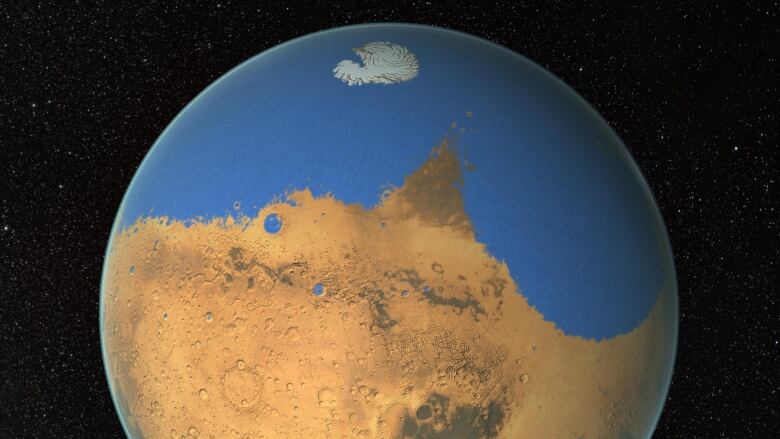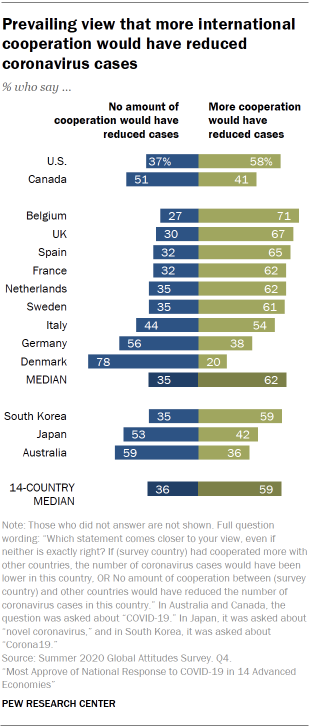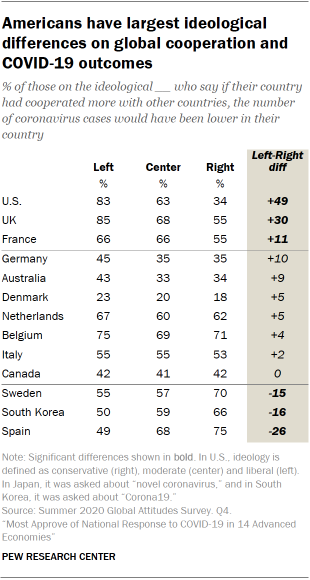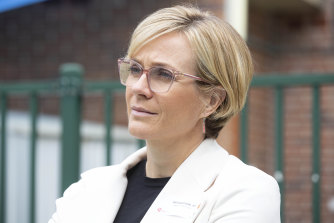Does human consciousness exist separate from matter, or is it embodied in the body –a critical player in anything that has to do with mind? “We are not thinking machines that feel; rather, we are feeling machines that think.” answers neuroscientist Antonio Damasio, who pioneered the field of embodied consciousness –the bodily origins of our sense of self. “We may smile and the dog may wag the tail, but in essence,” he says. “we have a set program and those programs are similar across individuals in the species. There is no such thing as a disembodied mind.”
Consciousness is considered by leading scientists as the central unsolved mystery of the 21st Century: “I have a much easier time imagining how we understand the Big Bang than I have imagining how we can understand consciousness,” says Edward Witten, theoretical physicist at the Institute for Advanced Study in Princeton, New Jersey who has been compared to Isaac Newton and Einstein about the phenomena that has been described as assuming the role spacetime did before Einstein invented his theory of relativity.
Some scientists have asked how can we be sure that the source of consciousness lies within our bodies at all? One popular, if mystical, idea, writes astrophysicist Paul Davies in The Demon in the Machine, “is that flashes of mathematical inspiration can occur by the mathematician’s mind somehow ‘breaking through’ into a Platonic realm of mathematical forms and relationships that not only lies beyond the brain but beyond space and time altogether.”
The English astronomer, Fred Hoyle, infamous for his rejection of the Big Bang theory, suggested an even more radical hypothesis: that quantum effects in the human brain leave open the possibility of a “superintelligence in the cosmic future using a subtle but well-known backwards-in-time property of quantum mechanics in order to steer scientific progress.”
Four billion years ago, writes Damasio, in The Strange Order of Things: Life, Feeling, and the Making of the Cultural Mind, “the first primitive organisms monitored changes in their bodily state – equivalent to hunger, thirst, pain and so on – and had feedback mechanisms to maintain equilibrium. The relic of those primitive mechanisms is our autonomic nervous system, which controls bodily functions such as heartbeat and digestion, and of which we are largely unconscious.
Then, about half a billion years ago, the central nervous system, featuring a brain, evolved an afterthought of nature,” says Damasio who a proposes three layered theory of consciousness based on a hierarchy of stages, with each stage building upon the last. The most basic representation of the organism is referred to as the Protoself, next is Core Consciousness, and finally, Extended Consciousness.
Damasio, who is an internationally recognized leader in neuroscience, was educated at the University of Lisbon and currently directs the University of Southern California Brain and Creativity Institute. The human brain, he argues, became the “anchor” of what had once been a more distributed mind. Changes in bodily state were projected onto the brain and experienced as emotions or drives – the emotion of fear, say, or the drive to eat. Subjectivity evolved later again, he argues. “It was imposed by the musculoskeletal system, which evolved as a physical framework for the central nervous system and, in so doing, also provided a stable frame of reference: the unified ‘I’ of conscious experience.”
Life was regulated at first without feelings of any sort; here was no mind and no consciousness.
“There was,” Damasio writes, “a set of homeostatic mechanisms blindly making the choices that would turn out to be more conducive to survival. The arrival of nervous systems, capable of mapping and image making, opened the way for simple minds to enter the scene. During the Cambrian explosion, after numerous mutations, certain creatures with nervous systems would have generated not just images of the world around them but also an imagetic counterpart to the busy process of life regulation that was going on underneath. This would have been the ground for a corresponding mental state, the thematic content of which would have been valenced in tune with the condition of life, at that moment, in that body. The quality of the ongoing life state would have been felt.”
Enter Sarah Garfinkel, at the University of Sussex, UK, who joins Damasio in arguing that our thoughts, feelings and behaviors are shaped in part by the internal signals that arise from our body. But, she reports in New Scientist: “it goes beyond that. It is leading her and others to a surprising conclusion: that the body helps to generate our sense of self and is a key part of consciousness. This idea has practical implications in assessing people who show little sign of consciousness. It may also force us to reconsider where we draw the line between life and death, and provide a new insight into how consciousness evolved.”
Since 2000, concludes Damasio, “I have been defending the idea that the body is a critical player in anything that has to do with mind.”
The Daily Galaxy, Max Goldberg, via New Scientist and Antonio R. Damasio, Descartes Error and the Strange Order of Things: Life, Feeling, and the Making of the Cultural Mind and Paul Davies, The Demon in the Machine –All Kindle editions
Image credit: Shutterstock License
Enter Sarah Garfinkel, at the University of Sussex, UK, who joins Damasio in arguing that our thoughts, feelings and behaviors are shaped in part by the internal signals that arise from our body. But, she reports in New Scientist: “it goes beyond that. It is leading her and others to a surprising conclusion: that the body helps to generate our sense of self and is a key part of consciousness. This idea has practical implications in assessing people who show little sign of consciousness. It may also force us to reconsider where we draw the line between life and death, and provide a new insight into how consciousness evolved.”
Since 2000, concludes Damasio, “I have been defending the idea that the body is a critical player in anything that has to do with mind.”
The Daily Galaxy, Max Goldberg, via New Scientist and Antonio R. Damasio, Descartes Error and the Strange Order of Things: Life, Feeling, and the Making of the Cultural Mind and Paul Davies, The Demon in the Machine –All Kindle editions
Image credit: Shutterstock License









![Thursday APRIL 13, 2006 Page A19 [How will history remember Ralph?] Sunday APRIL 9, 2006 Page E7 [The ascent and abdication of King Ralph] Calgary-07/12/04-Alberta Premier Ralph Klein held up a paid in full sign after announcing Monday morning that the province's debt of $3.7-billion has been paid off in full ahead of schedule. Klein made the announcement following his annual Stampede breakfast at the McDougall Centre in Calgary. Photo by Colleen De Neve/Calgary Herald (For City story by Tony Seskus And David Heyman) Date published July 13, 2004 Page A1 * Calgary Herald Merlin Archive * ORG XMIT: POS2013031514485344](https://postmediacalgaryherald2.files.wordpress.com/2020/01/a3-01apr-paid-in-full-ag-bw.jpg?quality=100&strip=all&w=564)







